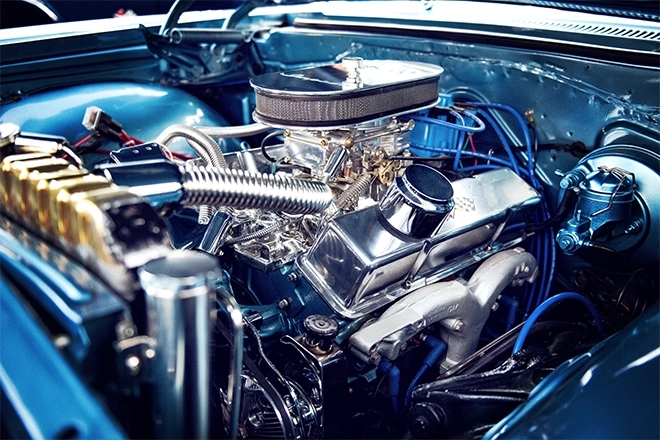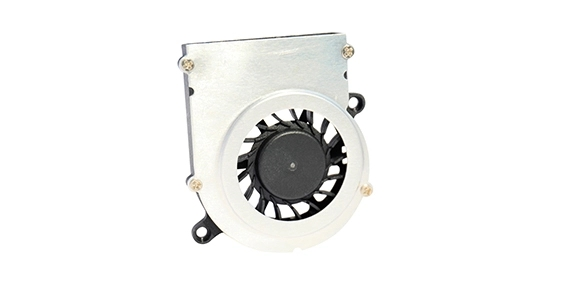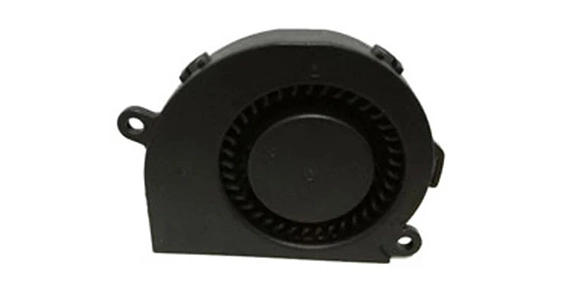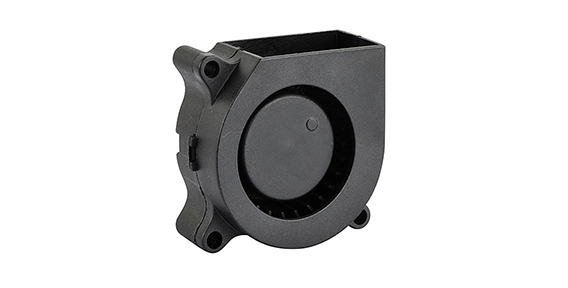Car engine cooling fans play a crucial role in maintaining the optimal temperature of a vehicle's engine. They are responsible for ensuring that the engine does not overheat, which can lead to severe damage and costly repairs. However, like any other mechanical component, cooling fans can sometimes encounter issues. In this article, we will discuss some common problems with car engine cooling fans and ways to troubleshoot them effectively.
Inspecting Car Engine Cooling Fan Blades: Addressing Physical Obstructions
One common issue with the automotive cooling fan is the accumulation of debris and dirt on the fan blades. Over time, these obstructions can affect the fan's efficiency and prevent it from performing optimally. Therefore, it is crucial to inspect the fan blades regularly and address any physical obstructions.
To inspect the fan blades, start by turning off the engine and allowing it to cool down. Then, open the hood of your car and locate the cooling fan. Carefully examine the blades for any signs of debris, such as leaves, dirt, or small objects. If you notice any obstructions, use a soft brush or compressed air to clean the fan blades gently. Make sure to remove all the debris, as even a small amount can impact the fan's performance.

Verifying Car Engine Cooling Fan: Ensuring Precision in Thermal Management
Another common issue is a malfunctioning cooling fan. If the fan fails to turn on or does not operate at its full capacity, it can lead to overheating of the engine. To address this issue, it is essential to verify the functionality of the cooling fan.
Start by checking the fan's electrical connections. Ensure that all the wires are securely connected and undamaged. If you find any damaged wires, they should be repaired or replaced. Additionally, check the fan's fuse and relay to ensure they are in proper working condition.
If all the electrical components are in good condition, you can proceed to test the cooling fan itself. You can do this by disconnecting the electrical connection to the fan and connecting it directly to the car battery. If the fan does not start running, it is likely faulty and needs to be replaced.
Addressing Overheating Issues: Connecting Car Engine Cooling Fan Operation to Engine Performance
If you are experiencing frequent engine overheating, it could be an indication of a problem with the car engine cooling fan's operation. It is crucial to connect the fan's performance with the engine's performance to diagnose and address the issue effectively.
Start by observing the engine temperature gauge while the car is running. If the temperature starts rising rapidly and the cooling fan does not kick in, it could indicate a faulty fan or a problem with the fan relay or temperature sensor. In such cases, it is advisable to seek assistance from a professional mechanic to identify and fix the issue.
Regular check-ups and maintenance of the car engine cooling fan are essential to ensure its smooth operation and prevent any overheating problems. Timely troubleshooting and addressing common issues with cooling fans can save you from expensive repairs and prolong the lifespan of your vehicle's engine.
In conclusion, car engine cooling fans play a critical role in maintaining the optimal temperature of the engine. Inspecting the fan blades for physical obstructions, verifying the fan's functionality, and connecting the fan's operation to engine performance are essential troubleshooting steps. By addressing common issues with car engine cooling fans, you can ensure efficient thermal management and prevent engine overheating.


 EN
EN 

 +
+
 +
+
 +
+



